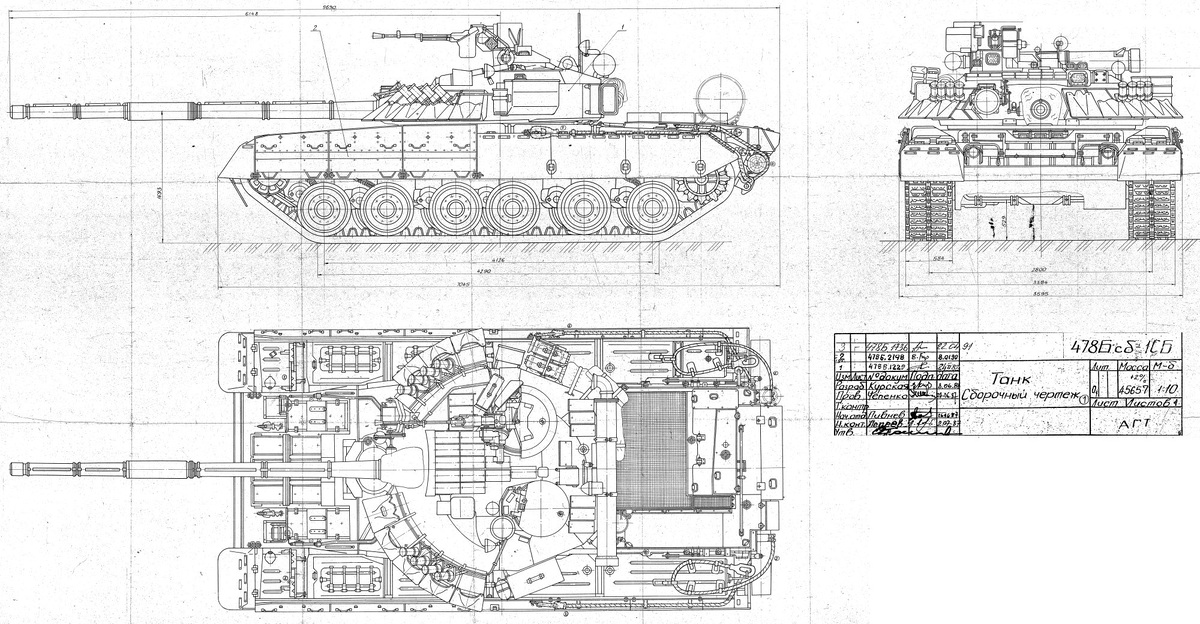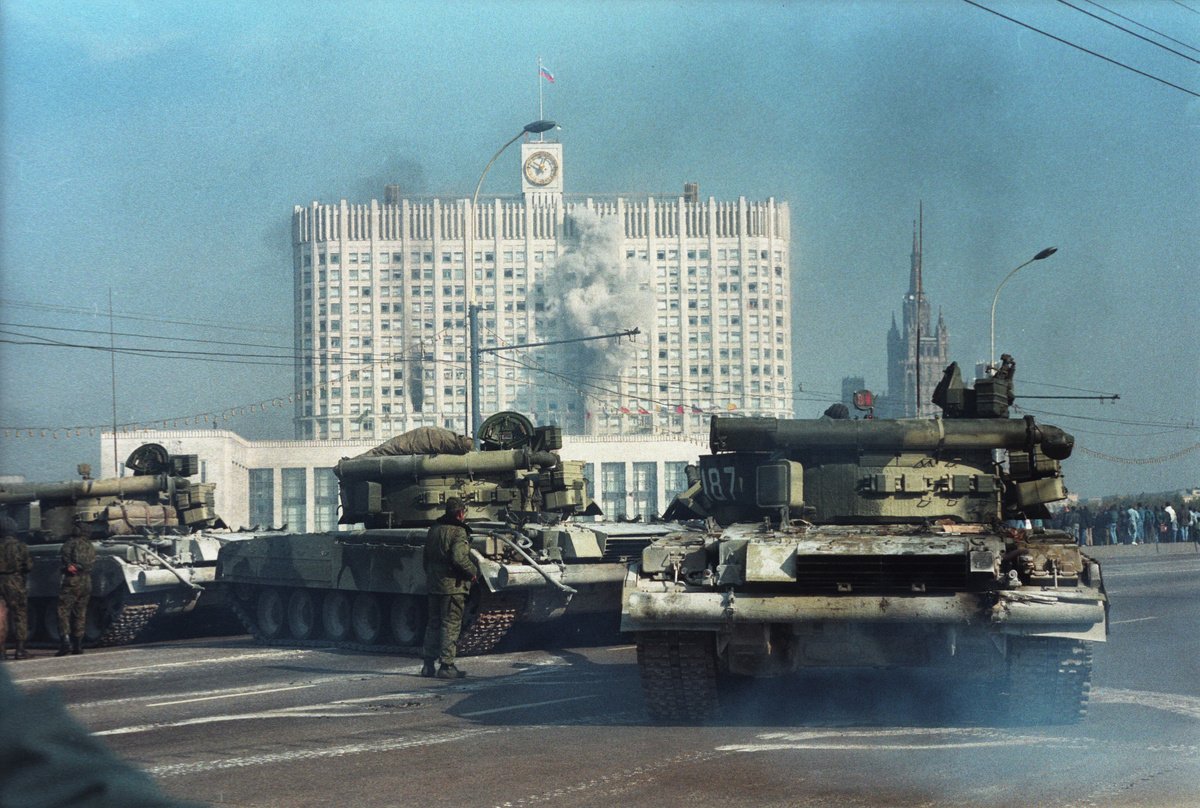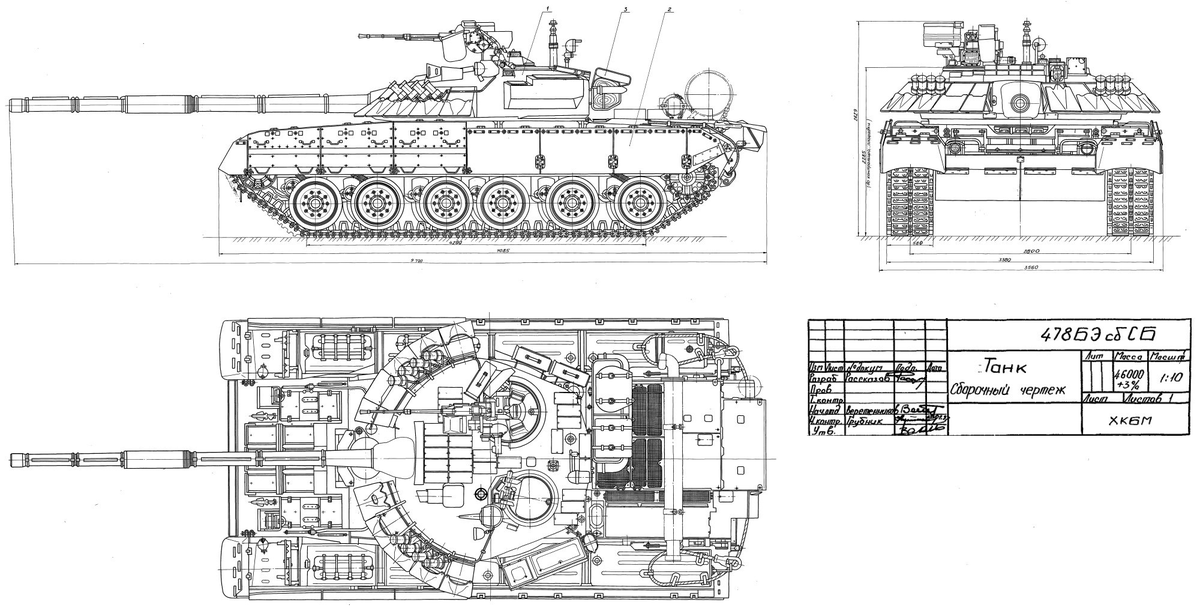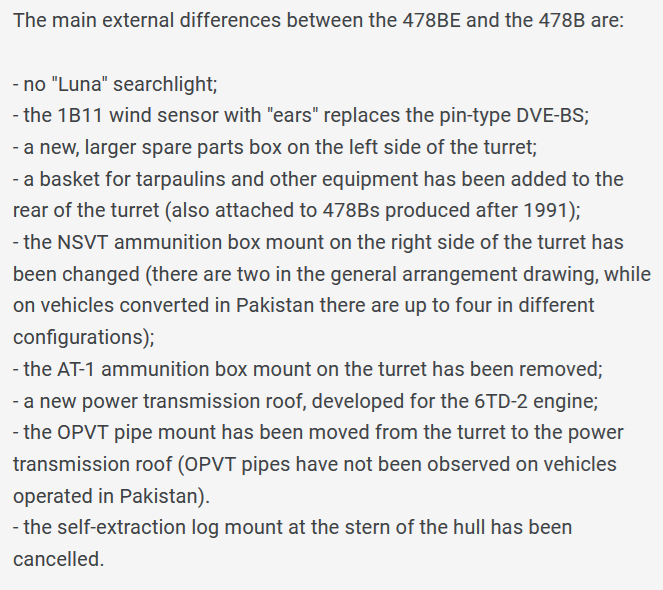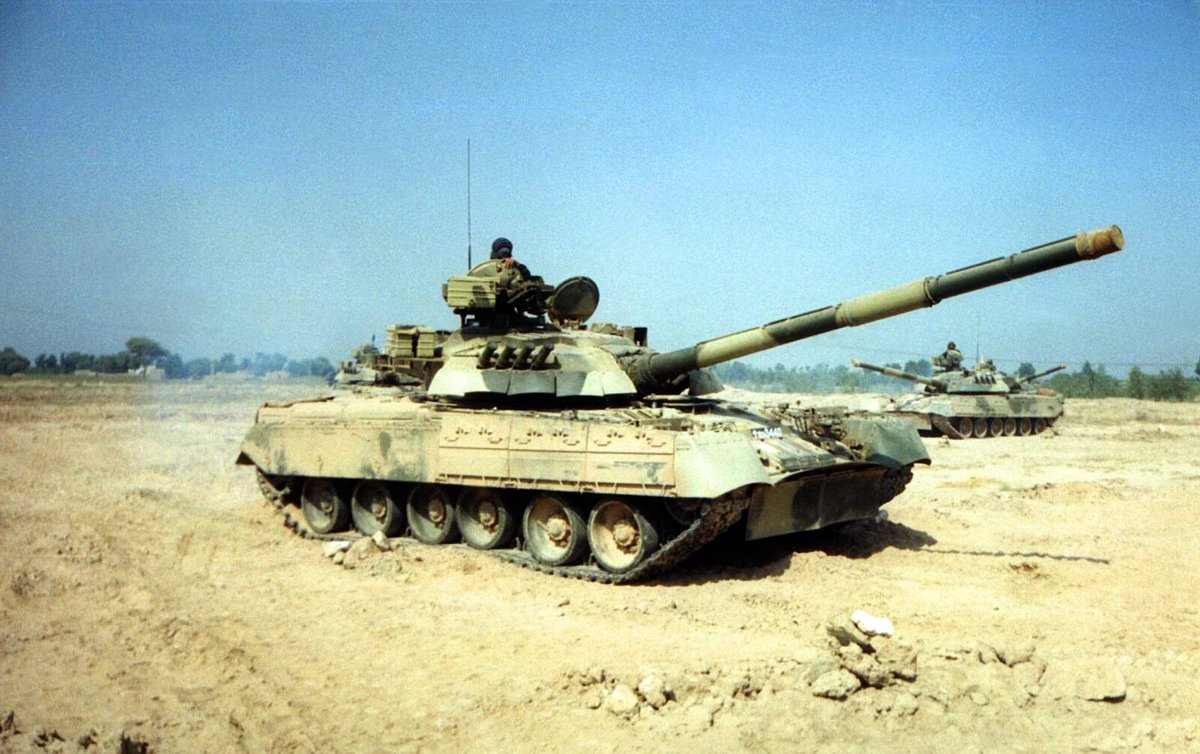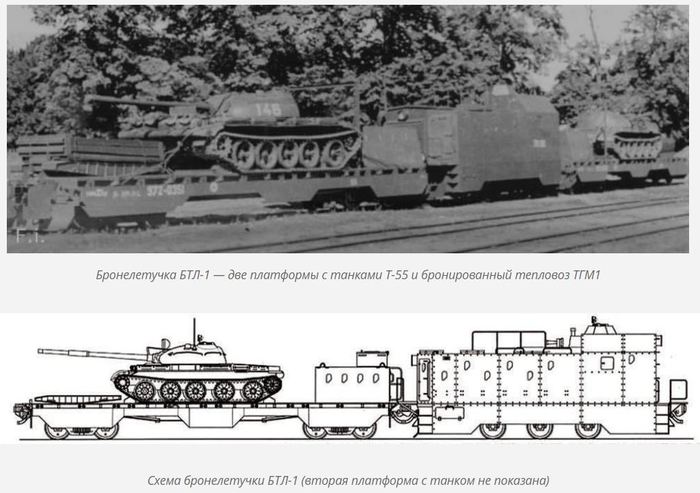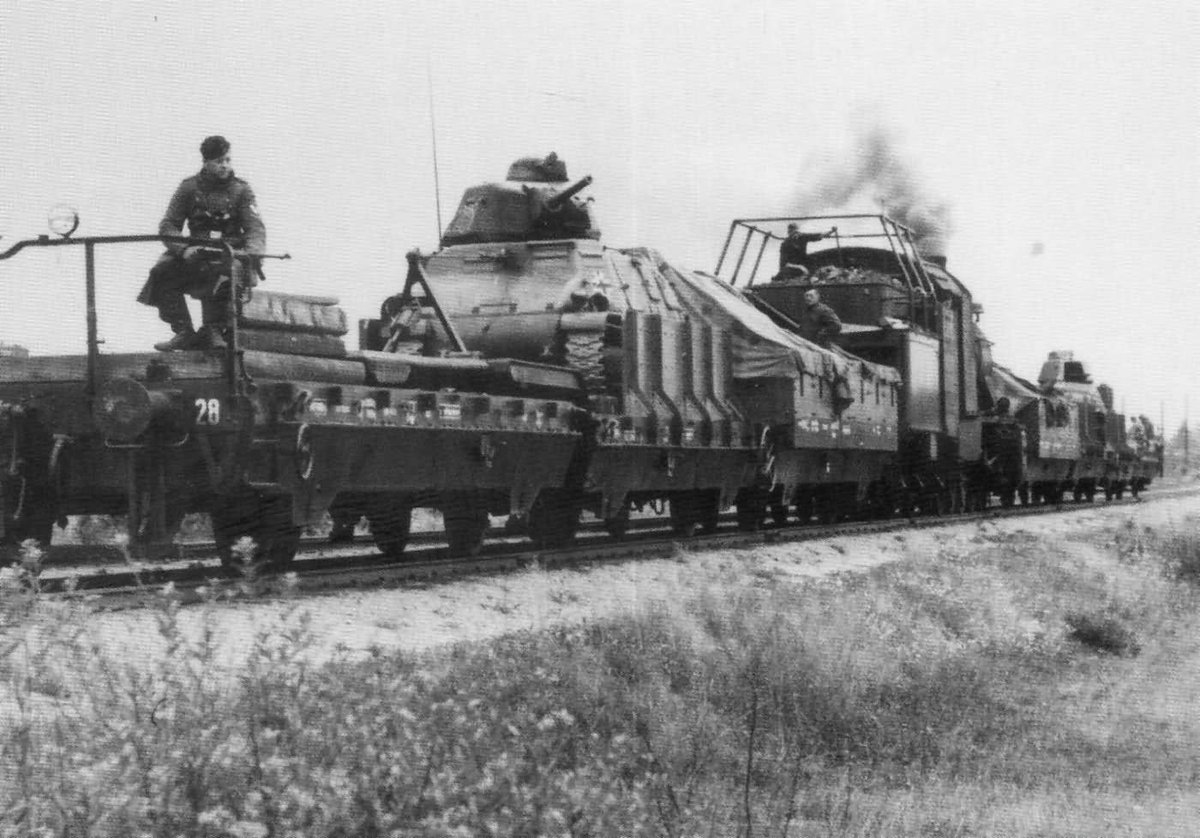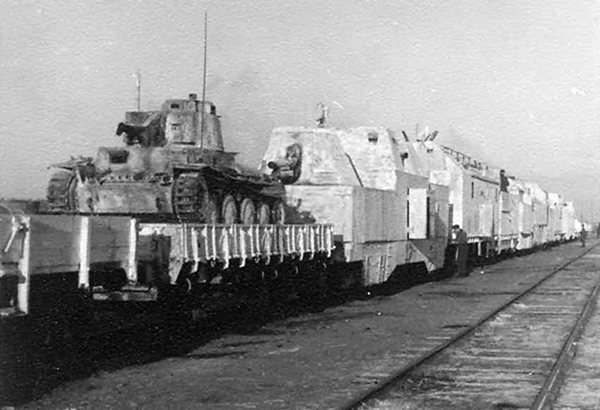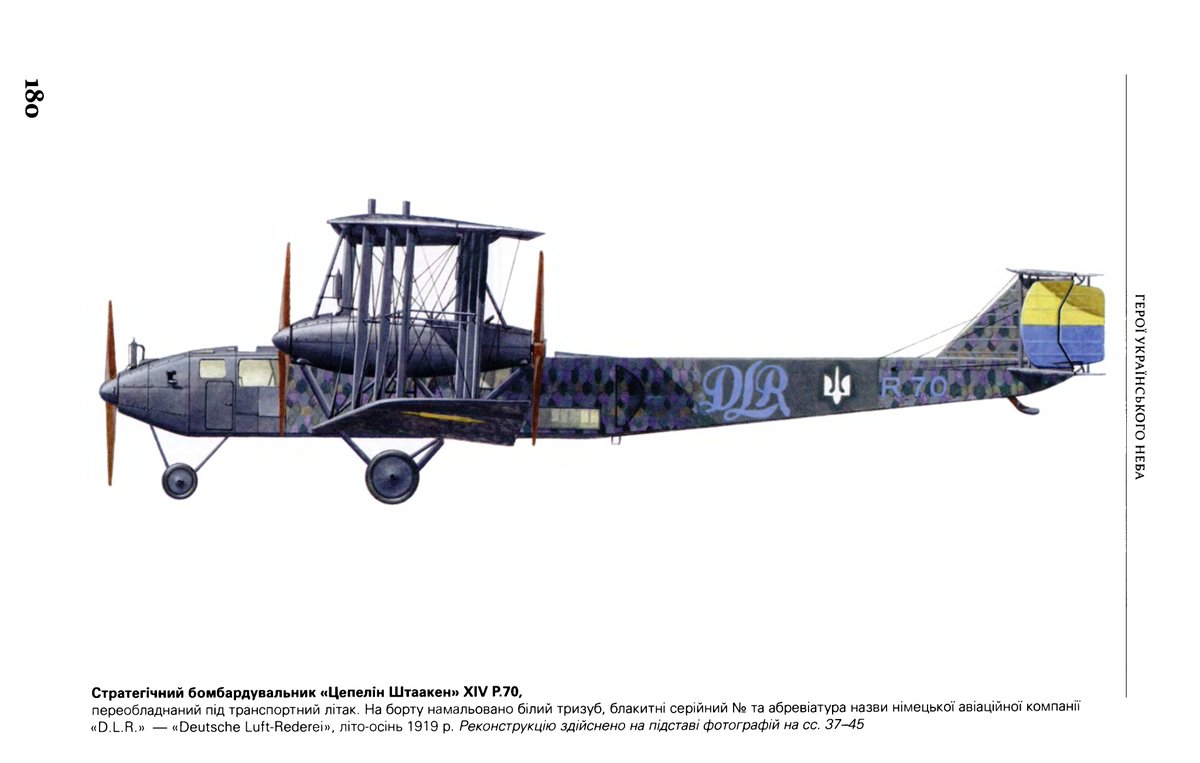(2/30) In 1970, the vaguely named 'Instrument Design Bureau' (KBP) was tasked with developing a new 30 mm cannon SPAA system. KBP chief designer Arkadiy Shipunov (left) and his deputy Vasiliy Gryazev (right) had already proven themselves with the GSh-23 aircraft cannon.




(3/30) Tunguska began life as a purely cannon-armed SPAA to replace the ZSU-23-4 Shilka. As successful as the Shilka would prove in the Yom Kippur War, its limitations were recognised by the Soviets.
pvo-guns-ru.translate.goog/tunguska/tungu…
pvo-guns-ru.translate.goog/tunguska/tungu…
(4/30) In particular, the Shilka's 23 mm round lacked the desired range or punch and its Tobol radar had very limited search capabilities. A 30 mm system would maintain the high rate of fire, but double the range. It would ideally also have separate search and track radars.




(5/30) However, the Tunguska was almost cancelled in 1975, for the Osa-AK SAM system, which entered service that year, promised greater range and ceiling using its missiles. For the next 2 years, there was no funding for Tunguska. 

(6/30) Meanwhile, NATO (and NATO-equipped) forces were adopting new 'pop-up' ambush style tactics with attack helicopters. The AH-1 Cobra/TOW combo, already proven in Vietnam, would later be used to deadly effect by the Iranians and the Israelis with such tactics.



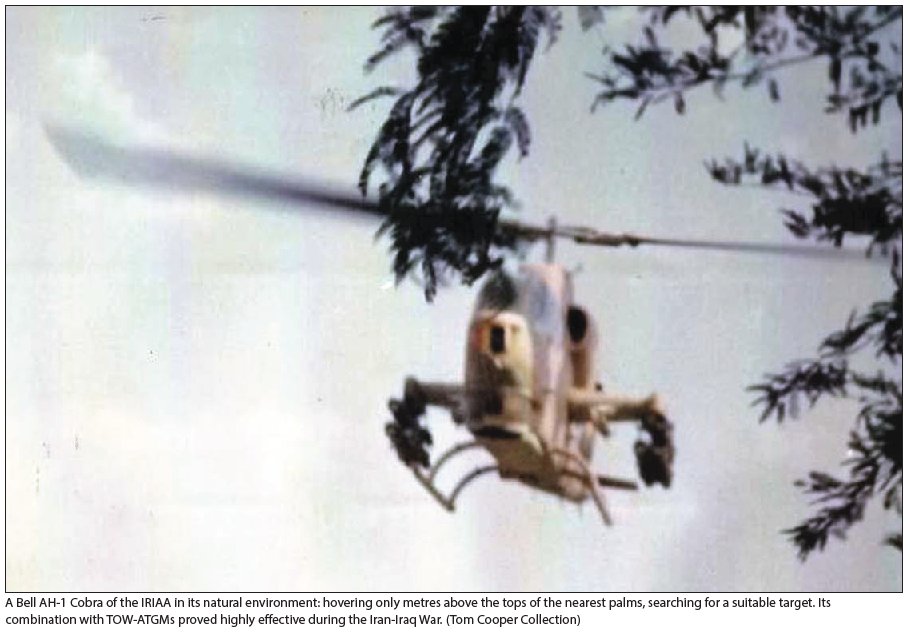


(7/30) The new USAF A-10 Thunderbolt IIs were also adopting new pop-up low-level tactics in response to the Shilka and Osa. The Osa, in particular, had an over 30 s reaction time against such pop-up targets, a potentially fatal weakness.






(8/30) So, funding resumed in 1978. It was clear that the 4 km range of the 30 mm cannons was not enough to protect tanks against heli-borne ATGMs, so Tunguska would have its own missiles, becoming an 'AA gun-missile complex' (зенитный пушечно-ракетный комплекс, ZPRK).
(9/30) And yes, I know those are Roland and Gepard. The Soviets just chose to use those as examples in their Tunguska video.
In any case, the Tunguska (2K22) complex was adopted for service in September 1982. This includes maintenance and training support equipment, etc.


In any case, the Tunguska (2K22) complex was adopted for service in September 1982. This includes maintenance and training support equipment, etc.


(10/30) The actual SPAA (ZSU) is designated 2S6, and it is this that most people think of. I've said this many times, but in Soviet parlance, when you use the GRAU 'K' complex designation, you are technically referring to EVERYTHING in the complex, not just the vehicle.






(12/30) The GM-352 tracked chassis is powered by a V-46-2S1 V-12 diesel engine developing 710 hp at 2,000 rpm, with a 120 hp 9I56 gas turbine APU. It is one of the relatively few Soviet military chassis to use an adjustable hydropneumatic suspension.








(13/30) This chassis has many shared features with the GM-555 used by the Tor and early Tor-M1 TELARs. Both were developed and produced by the Minsk Tractor Factory (MTZ).




(14/30) The Tunguska-M1, developed post-1991, uses the GM-5975 chassis from the Russian Metrovagonmash company instead. As far as I can tell, it is nearly identical to the GM-352, and is basically a Russianised version. If you know how to tell the chassis apart, then let me know. 

(15/30) The 2A40 turret mounts all the Tunguska's armament (the two 2A38 twin-30 mm autocannons and 9M311 missiles) and its search and tracking radars. The guns are stabilised, and the Tunguska can fire them on the move, but the missiles must be launched from a short stop.






(16/30) Like many of Gryazev and Shipunov's designs, the 2A38 is a twin-barreled autocannon operating on the Gast principle. Water-cooled, the 4 barrels of the Tunguska are capable of throwing out a combined 4-5,000 rounds/min.
(17/30) Such a high ROF does not come for free, of course, and the gun loading mechanism is only rated to withstand 8,000 rounds of firing. The Tunguska carries 1,936 rounds of 30 mm ammunition onboard, which is shared with the 30 mm 2A42 used by vehicles like the BMP-2.




(18/30) The 9M311 is a two-stage missile, kept in hermetically sealed containers prior to launch. Due to the compact size limits, the 9M311 relies on radio-command SACLOS guidance from the Tunguska. It has a 9 kg warhead and a laser prox. fuse.






(19/30) It is rated to a maximum range of 8 km and the time of flight to that range is given as 13.4 s. It allows the Tunguska to engage targets from well beyond the range of typical helicopter ATGMs of the period like HOT or TOW, which have ranges of 4-5 km (but not Hellfire).
(20/30) The original Tunguska has the 1A27 radar-instrument complex, comprising the 1RL144 radar system, 1RL138 IFF, and 1A26 digital fire control computer. The 1RL144 is described in more detail here: missilery-info.translate.goog/missile/tungus…
(22/30) Tunguska is capable of operating in 5 different modes, depending on conditions and whether the radar can be used or not:




(23/30) The first Tunguska modernisation was Tunguska-M: mostly internal changes to better integrate it into air defence networks, as well as an improved APU. Externally there are virtually no differences between Tunguska-M and Tunguska. missilery-info.translate.goog/missile/tungus…


(24/30) The Russian Tunguska-M1 modernisation (left) from the 2000s introduced a new radar and a thermal sight to replace the optical one. It also features the improved 10 km-range 9M311-1M missile with a radar prox. fuse to improve sensitivity against cruise missile targets. 

(25/30) Naturally, Ukraine and Russia have inherited Tunguskas from the Soviet Union. According to this article on Militarnyi, Ukraine had 120 Tunguskas in service before 2014. mil-in-ua.translate.goog/uk/blogs/zenit…




(26/30) Because the so-called 'DNR' and 'LNR' did not have air forces, Tunguskas were mostly used in ground support roles, usually without missiles. This was further exacerbated by the fact that many of the 9M311s had become age-expired by then.




(27/30) Following the end of intensive fighting in 2015, the subsequent expansion of the ZSU meant there weren't enough Tunguskas for all units. According to these charts, they were reserved for mechanised and tank brigades, alongside the Strela-10.




(28/30) Motorised brigades had to make do with the Shilka, which was returned to service (only one coastal defence division used it before 2014).




(29/30) Tunguska remains in use with the ZSU today. Their job now is to hunt drones, although the results have apparently not been very good, as the old 1RL144 is not really intended for such small targets, which were not so common in 1982.
mil.in.ua/en/news/ukrain…


mil.in.ua/en/news/ukrain…


(30/30) Russia, of course, is the biggest Tunguska user, having inherited the most systems. The Tunguska-M1 probably fares better than the original Tunguska against drones, but how well? I don't know. They also definitely still use older Tunguskas as well.




(31/30) There actually have been proposed Ukrainian modernisations of Tunguska, but for lack of money and a myopic bureaucracy, this hasn't happened.
defence--ua-com.translate.goog/weapon_and_tec…


defence--ua-com.translate.goog/weapon_and_tec…


@lizardmech They do show up now and then, but their main role is air defence, so you probably won't see them photographed often.
(32/30) As a side note, the Kortik naval gun-missile system (Kashtan is its export name) uses the same 9M311 missiles as Tunguska.
*355, not 555
(35/30) At some point before the 2022 invasion the Ukrainians began refurbishing the 9M311 stocks, so their Tunguskas now have missiles available.
youtube.com/shorts/7oNFEgP…
youtube.com/shorts/7oNFEgP…
@RedPilotJon The M2 and M3 are better integrated, like Tunguska-M.
• • •
Missing some Tweet in this thread? You can try to
force a refresh














